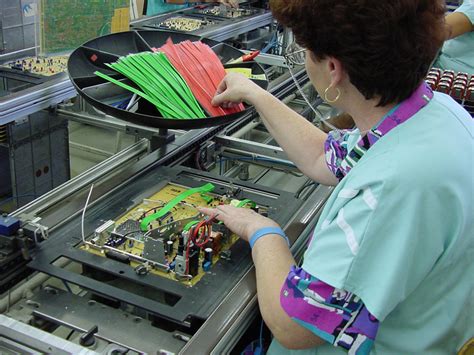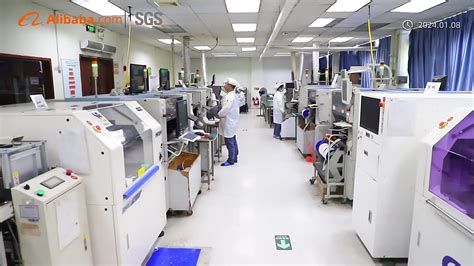Innovative Approaches to Circuit Card Assembly Design
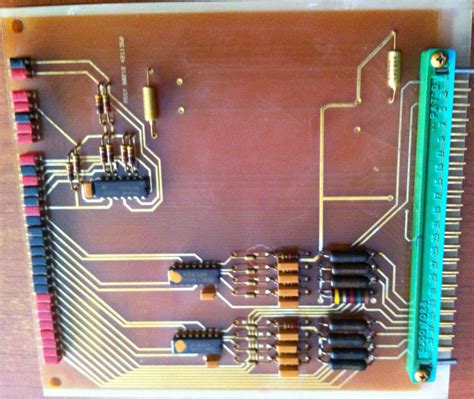
Key Takeaways
In the rapidly evolving field of pcb assembly, it is essential to integrate innovative approaches that not only streamline processes but also enhance overall performance. Understanding the dynamics of pcba design allows engineers to implement advanced techniques that prioritize efficiency. For instance, the use of multi-layer circuit boards can significantly reduce space and improve connectivity, thereby optimizing design without sacrificing functionality.
Moreover, adopting innovative materials such as flexible substrates creates opportunities for more versatile applications and can lead to weight reduction in electronic assemblies. This shift towards lightweight materials is particularly crucial in industries like aerospace and automotive, where every gram counts.
When considering cost reduction techniques, leveraging automated assembly processes and investing in robotic placement systems have demonstrated remarkable success. These approaches not only minimize labor costs but also improve precision—essential for reliable functionality in critical applications.
“Efficient circuit card assembly is not merely about cutting costs; it’s about enhancing reliability while embracing innovation.”
As we navigate through new implementations in pcb assembly, it becomes evident that reliability factors play a pivotal role. Careful consideration of thermal management, signal integrity, and life-cycle testing can greatly impact product lifespan and performance.
In summary, the key takeaways from these strategies underline a holistic approach to circuit card assembly design that embraces new materials and techniques while ensuring efficiency and reliability remain at the forefront of industry standards. This perspective not only addresses current challenges but also sets a clear trajectory for future advancements in electronic assembly technology.
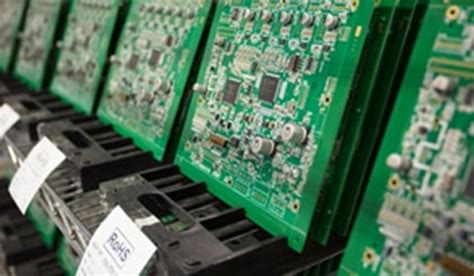
Introduction to Circuit Card Assembly Design
Circuit card assembly design, also known as PCB assembly or PCBA, serves as a crucial process in the production of electronic devices. This foundational element links together various electrical components and facilitates their functionality within a larger system. As technology progresses, the demand for higher efficiency and improved performance in PCBA processes has surged. To meet these standards, designers are increasingly adopting innovative approaches that encompass both cutting-edge materials and advanced methodologies. The integration of these strategies not only enhances manufacturing efficiency but also lowers costs by optimizing material usage and minimizing waste. Moreover, focusing on reliability is imperative; thus, designers are exploring standards that ensure durability in various environmental conditions. With an eye on the future, this evolving landscape of circuit card assembly design is poised to revolutionize how electronic assemblies are created and maintained, ensuring that products meet the rigorous demands of today’s consumer electronics market.
Key Principles of Efficient Circuit Card Assembly
Efficient circuit card assembly (often referred to as pcba) is fundamental for the successful development of electronic devices. A major principle in this domain is optimizing the design for manufacturability, which involves simplifying board layouts and minimizing the number of components required. This approach not only reduces assembly time but also lowers costs while maintaining high standards of reliability. Moreover, incorporating modular design elements enables easier updates and repairs, which can be invaluable for manufacturers facing quick market changes. Another essential factor is the careful selection of materials; innovative options like lightweight substrates or advanced solder materials can lead to significant performance enhancements. Additionally, leveraging automation and advanced machinery in the pcb assembly process can significantly improve operational efficiency, reducing human error and increasing production speeds. Understanding these key principles allows designers and engineers to create more effective assemblies that meet the growing demands of modern electronics while ensuring cost-effectiveness and high reliability.
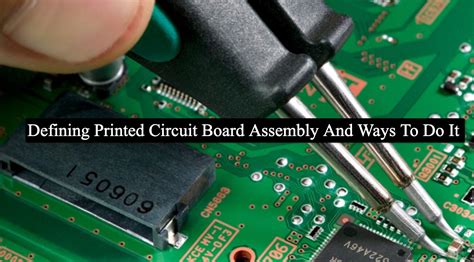
Innovative Materials Transforming Electronic Assembly
The evolution of circuit card assembly design is significantly influenced by the advent of innovative materials. These materials are engineered to enhance the performance and durability of pcb assembly while also addressing sustainability concerns. For instance, flexible substrates are becoming increasingly popular in pcba applications, as they offer superior performance in constrained spaces and allow for lighter weight designs. Additionally, the integration of high-frequency laminates supports modern communication technologies with lower signal loss and improved thermal stability. Employing such high-tech materials not only improves the reliability of electronic assemblies but also enables manufacturers to streamline their production processes. Furthermore, materials like carbon nanotubes and nano-composites are pushing the boundaries of traditional assembly methods, resulting in greater electrical efficiency and reduced costs over time. As industries increasingly embrace these advanced solutions, the future of electronic assembly is poised for transformation, leveraging these innovative materials to meet the demands of next-generation devices.
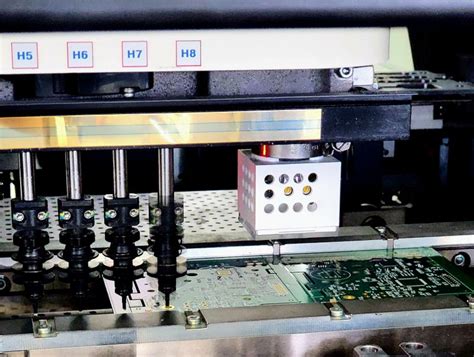
Advanced Techniques for Cost Reduction in Design
In the increasingly competitive landscape of electronic manufacturing, optimizing pcb assembly or pcba processes has become paramount for businesses seeking to minimize expenses while maintaining high quality. One of the most effective strategies involves the adoption of advanced automation technologies. Automating repetitive tasks not only speeds up production but also significantly reduces the likelihood of human error, which can lead to costly reworks. Moreover, implementing innovative design methodologies, such as Design for Manufacturability (DFM) and Design for Testability (DFT), can streamline production processes and minimize material waste. These approaches ensure that circuit card assemblies are designed with assembly efficiencies in mind, thereby lowering production costs.
Additionally, leveraging new materials—like flexible substrates or high-density interconnects—can provide substantial cost savings. These materials often enable multiple functionality within a smaller footprint, decreasing component count and further economizing the overall assembly process. Integrating simulation software during the design phase allows engineers to predict challenges before they arise in manufacturing, allowing teams to make informed decisions that reduce costs associated with trial-and-error methods. Overall, these advanced techniques offer a pathway towards more efficient pcb assembly, setting a foundation not only for financial savings but also for sustained reliability and performance in electronic products.
Reliability Factors in Circuit Card Assembly
The reliability of circuit card assembly (CCA) is paramount in ensuring that electronic devices function effectively throughout their intended lifespan. Various factors contribute to this reliability, beginning with the quality of the printed circuit board (PCB) assemblies themselves. The selection of high-quality materials is essential; pcba made from robust substrates can withstand thermal cycles and mechanical stresses better than inferior alternatives. Additionally, employing advanced surface mount technology (SMT) techniques can enhance the connection integrity between components, reducing the likelihood of failures.
Another critical factor is the soldering process used in PCBA. Innovative methods such as lead-free soldering not only align with environmental regulations but also offer superior mechanical and thermal performance, resulting in a more durable assembly. Moreover, rigorous testing protocols during and after assembly—such as Automated Optical Inspection (AOI) and X-ray inspection—are crucial for identifying potential defects before they escalate into significant issues.
Design considerations also play a vital role in reliability; intelligent layout designs that prioritize thermal management can mitigate overheating risks, a common cause of electronic failure. Employing simulations and modeling during the design phase allows engineers to anticipate problems and optimize layouts for better performance.
By focusing on these factors—material quality, soldering techniques, rigorous testing, and mindful design—manufacturers can significantly enhance the reliability of their pcb assemblies, fostering trust among consumers and ensuring longevity in electronic devices. The continuous evolution of these strategies promises a future where pcba technology not only meets but exceeds expectations for reliability across various applications.
Case Studies: Successful Implementations of New Strategies
Exploring case studies in the realm of circuit card assembly design reveals a wealth of innovative approaches that have led to substantial improvements in both efficiency and reliability. One notable example involves a leading electronics manufacturer that adopted advanced techniques for their pcb assembly processes. By incorporating automated assembly systems, they significantly reduced production time while ensuring high precision in component placement, leading to a marked decrease in error rates. Additionally, they experimented with novel materials designed specifically for pcba, which not only enhanced the durability of their products but also opened avenues for lightweight designs without compromising functionality.
Another compelling case is that of a telecommunications company that focused on cost-effective solutions by employing streamlined workflows in their circuit card assembly plants. By re-evaluating their supply chain and integrating new sourcing strategies for components, they were able to cut costs by up to 20%. Furthermore, they invested in staff training programs aimed at improving operational efficiency, proving that human capital is a critical factor in achieving successful pcb assembly.
These examples underscore how combining innovative techniques with the right materials and training can revolutionize the industry and pave the way for future advancements in circuit card assembly design.
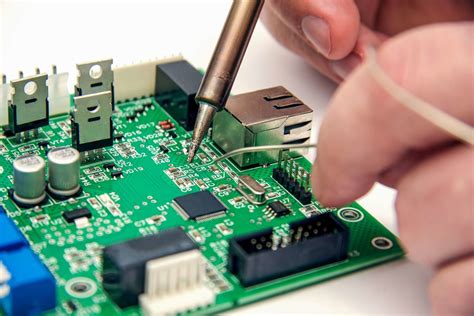
Future Trends in Circuit Card Assembly Design
As the landscape of pcb assembly continues to evolve, several key trends are reshaping the future of pcba design and implementation. One prominent trend is the increasing integration of advanced automation technologies within the assembly process. Automation not only enhances efficiency but also minimizes human error, resulting in more consistent and reliable assemblies. Manufacturers are also focusing on the adoption of smart manufacturing techniques, employing data analytics and machine learning to optimize production workflows and predict maintenance needs proactively.
Another crucial aspect is the continuous innovation in materials used for circuit cards. Developments in flexible substrates and eco-friendly components have expanded design possibilities while meeting environmental regulations. These new materials allow for lighter, thinner, and more durable assemblies that can withstand harsher operating conditions, ultimately improving overall product reliability.
Furthermore, a shift towards modular designs is being seen across various sectors. This approach facilitates easier upgrades and repairs, allowing companies to adapt quickly to technological advancements without overhauling entire systems. Coupled with this modular philosophy is a growing emphasis on thermal management solutions within pcba design that ensures optimal performance under various conditions.
Collectively, these trends signal a future where circuit card assembly not only aligns with technological advancements but also emphasizes sustainability and adaptability—key components for success as industries continue to grow and evolve in this dynamic environment.
Conclusion: The Path Forward for Electronic Assembly Innovation
As the field of pcb assembly continues to evolve, it is imperative to embrace innovative strategies that enhance both efficiency and reliability. The integration of advanced technologies into pcba processes ensures that manufacturers can achieve significant reductions in costs while improving the overall quality of their products. Techniques such as automated inspection and enhanced material selection play a crucial role in the successful implementation of these innovative strategies. As we look to the future, the commitment to adopting innovative materials and practices will set the stage for greater sustainability and performance in electronic assembly. The realization that each element of circuit card assembly design can contribute to a more robust product serves as a reminder of the importance of collaboration across various sectors. By focusing on continuous improvement and implementation of cutting-edge methods, we position ourselves at the forefront of an industry that thrives on innovation, ultimately paving the way for a more agile and resilient electronic manufacturing landscape.
Conclusion: The Path Forward for Electronic Assembly Innovation
As we delve into the evolving landscape of pcb assembly and pcba, it becomes increasingly clear that innovation drives the future of electronic assembly design. The quest for enhancing efficiency is not merely a goal but a necessity for circuit card assembly design. By embracing advanced techniques and innovative materials, companies can streamline their processes, leading to substantial cost reductions and heightened performance. Through meticulous attention to reliability factors, businesses can ensure their products meet the rising demands of consumers in an ever-competitive market. The success stories highlighted throughout this article serve as powerful examples of how adopting new strategies can transform not just individual projects, but the overall industry landscape. As we look ahead, it is paramount that we harness these cutting-edge approaches to set a course towards a more efficient, cost-effective, and reliable era in pcb assembly. Through continuous innovation and collaboration, the future of pcba is poised to redefine our expectations and capabilities in electronic assembly design.
FAQs
What is PCB assembly?
PCB assembly, or PCBA, refers to the process of soldering electronic components to a printed circuit board (PCB) to create fully functional electronic products.
What are the key components involved in PCBA?
Key components in PCB assembly include resistors, capacitors, integrated circuits, and connectors, all of which are essential for the board’s functionality.
How does circuit card assembly design impact product reliability?
Effective circuit card assembly design ensures proper component placement and soldering techniques, leading to enhanced reliability and reduced likelihood of failure in the final product.
What innovative materials are used in contemporary PCB assembly?
Innovative materials such as high-frequency laminates, thermally conductive substrates, and lead-free solders are being utilized to improve performance and meet regulatory standards in PCBA.
How can companies reduce costs in circuit card assembly design?
Companies can reduce costs by optimizing component selection, utilizing advanced manufacturing techniques, and implementing automation in PCB assembly, thus increasing efficiency and minimizing waste.
What are the future trends in circuit card assembly design?
Future trends include increased automation, the adoption of artificial intelligence for process optimization, and a focus on sustainability through eco-friendly materials and processes in PCBA.
For more detailed information on PCB assembly processes or innovative strategies in electronic assembly design, please click here: PCB Assembly Information.


